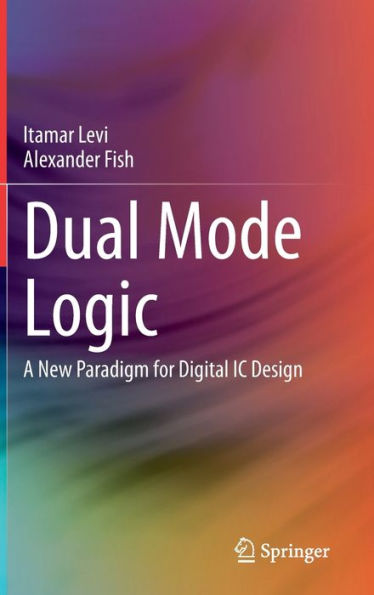5
1
9783030407858



Dual Mode Logic: A New Paradigm for Digital IC Design available in Hardcover, eBook

Dual Mode Logic: A New Paradigm for Digital IC Design
- ISBN-10:
- 3030407853
- ISBN-13:
- 9783030407858
- Pub. Date:
- 12/16/2020
- Publisher:
- Springer International Publishing
- ISBN-10:
- 3030407853
- ISBN-13:
- 9783030407858
- Pub. Date:
- 12/16/2020
- Publisher:
- Springer International Publishing

Dual Mode Logic: A New Paradigm for Digital IC Design
$99.99
Current price is , Original price is $99.99. You
99.99
In Stock

Product Details
| ISBN-13: | 9783030407858 |
|---|---|
| Publisher: | Springer International Publishing |
| Publication date: | 12/16/2020 |
| Edition description: | 1st ed. 2021 |
| Pages: | 185 |
| Product dimensions: | 6.10(w) x 9.25(h) x (d) |
About the Author
From the B&N Reads Blog
